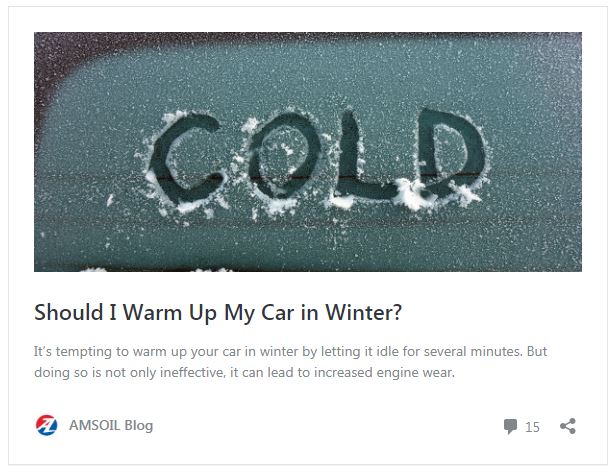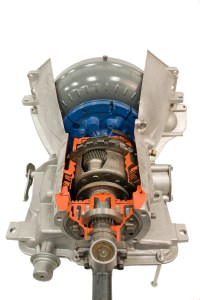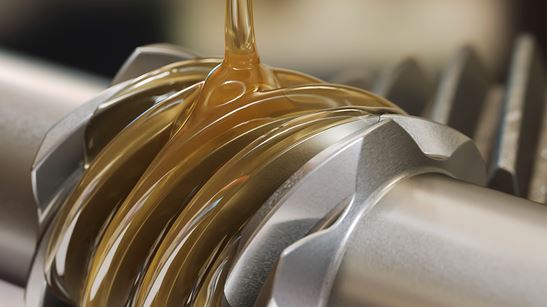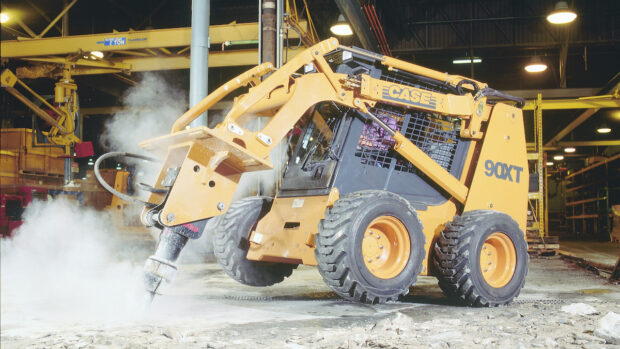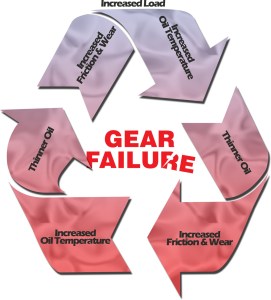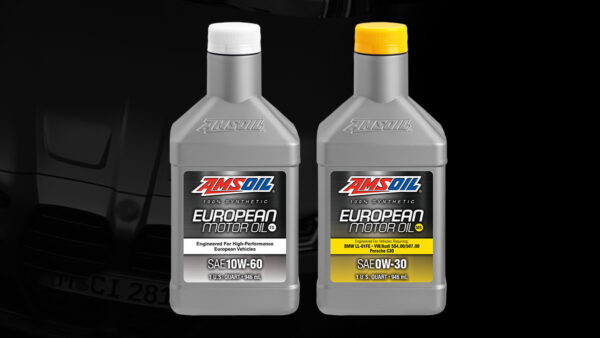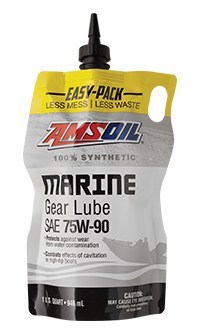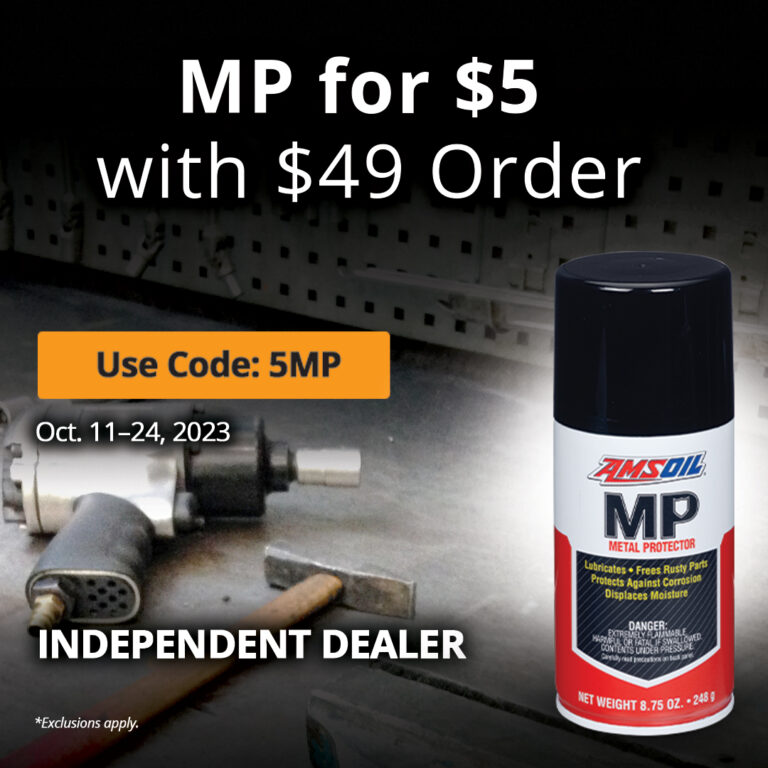Winter Driving Tips
Prepare you car for winter
- Battery check – Cold temperatures are a battery killer. Be sure you have the juice to keep going. Check the terminals for corrosion that needs cleaning and ensure the alternator and belts are in good shape.
- Antifreeze and coolant – Check the antifreeze to ensure it provides ample freeze protection for your climate. You can get a simple tester at any parts store. If it’s been several years since you’ve changed the coolant, be sure to get some fresh fluid in there. If there’s sludge or slime in your radiator, check out this blog post for tips to deal with it.
- Windshield wipers and fluids – Make sure the wipers are working and the blades are not worn. Fill the washer reservoir with a good-quality fluid that resists freezing.
- Brake system– Stopping safely on slick roads is crucial. Ensure the floor mat isn’t blocking the pedal. Sometimes, melted snow from your boots can cause the floor mat to freeze into an odd shape that can conflict with the pedal. If you notice braking issues, have the brake fluid, pads, rotors and lines checked.
- Tire pressure and tread – Check tires monthly for wear and proper inflation regardless of the season. Make sure you have a spare tire, and keep a pressure gauge in the vehicle with you.
- Keep fuel tank at least half full – It’s a good idea to keep your fuel tank at least half-full in case you get stranded on the side of the road and need to stay warm. It also helps ward off moisture collecting in the tank due to condensation.
What Motor Oil is Best for Winter? (And Other Cold-Weather Questions)
Make an emergency roadside kit
Another great winter driving tip is to keep an emergency kit in your vehicle. Sure, cell phones largely prevent being stranded on the side of the road for several hours or more, but it can still happen if you drive in rural areas or get stuck in a particularly violent winter storm.
- Flashlight – I like to carry an LED flashlight since they last a long time. But a traditional flashlight works well and tends to be brighter.
- Tool kit – Yeah, you’re not going to pull your engine on the side of the road, but keeping a few basic tools handy is a good idea. A multi-tool is always helpful, along with vise grips, needle-nose pliers, screwdrivers and, of course, duct tape and zip ties.
- Blanket – Not only does it keep you warm in winter, it can also block out wind.
- Jumper cables – Don’t settle for chintzy. Good-quality, thick cables with multi-strand wire, heavy duty clips and extra length can save you from headaches. Invest in four-gauge, 20-foot cables that won’t break the bank and will last a long time. Even better a portable jump start battery unit.
- Food and water – Keep a stash of high-energy foods such as granola bars and nuts in the car.
- First-aid kit – Any kit should contain bandages, gauze and prep pads to stop bleeding and prevent infection.
- Other items to consider – A small shovel, ice scraper and flares are excellent items to carry in your trunk.
Tips for driving in snow
One of the best winter driving tips is not to drive at all – just stay home. When the snow starts falling, batten down the hatches, toss a log on the fire and relax.
Of course, many of us don’t have that luxury. If you have to drive in snow or ice, here are a few tips to keep ‘er between the ditches.
- Slow down – It seems obvious, but it bears mentioning – leave earlier than normal, drive slowly and allow ample distance between yourself and the vehicle in front of you. There are few feelings more helpless than tapping your brake and feeling your vehicle break loose from the road and begin sliding toward the tailgate of a pickup ahead of you.
- Avoid jackrabbit starts – Sure, it’s fun to mash the gas and hear your tires whine with glee over the snow, but save that activity for your deserted driveway. On the road, accelerate and slow down gradually to avoid spinning the tires.
- Avoid using the brake if possible – A great way to avoid sliding at a red light is to simply not use the brakes. Pay attention; if the light ahead is red, take your foot off the gas and let the vehicle gradually slow down. Often, the light will turn green before you have to touch the brake pedal.
- Downshift descending hills – Duluth, Minn., where I live, is built at the base of a big hill. When descending said hill in snowy conditions, I like to downshift and take it slowly. This helps prevent the car from building momentum, requiring me to apply the brakes and possibly begin sliding.
- Correct a skid – True, it takes experience to understand how to correct a skid when your vehicle starts to slide. But here are a couple things to keep in mind: If your vehicle begins to slide, let off the gas and avoid stomping the brake pedal. It’s best to simply steer into the skid and let the vehicle slow down using its own inertia; hitting the brakes often makes the problem worse.



